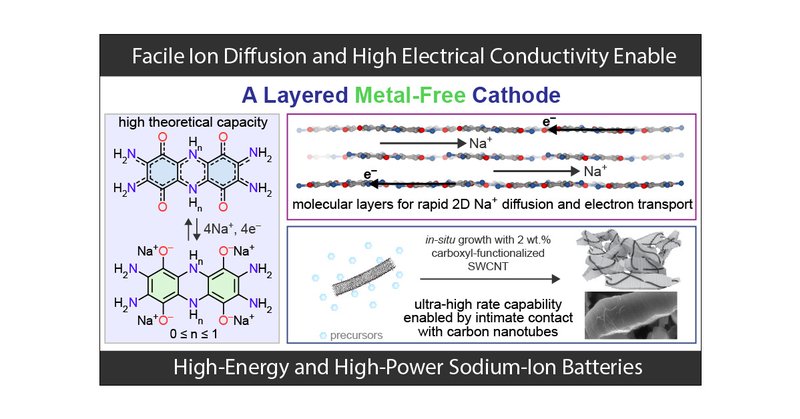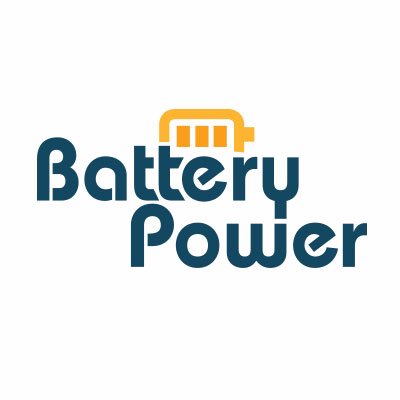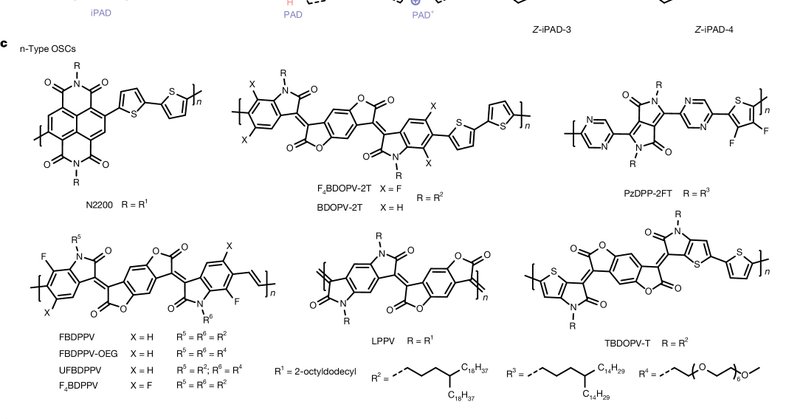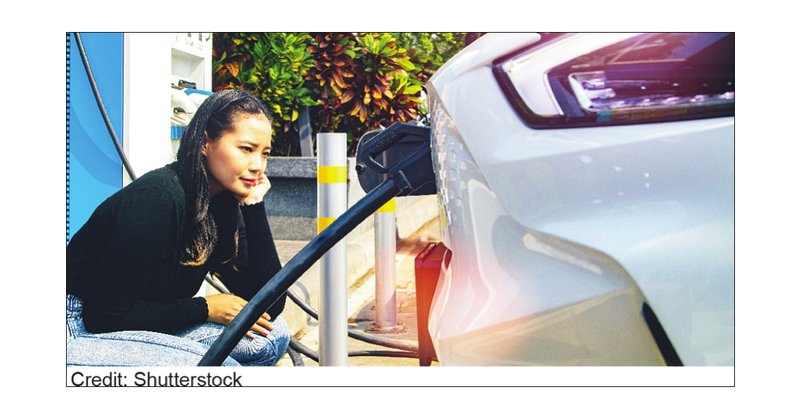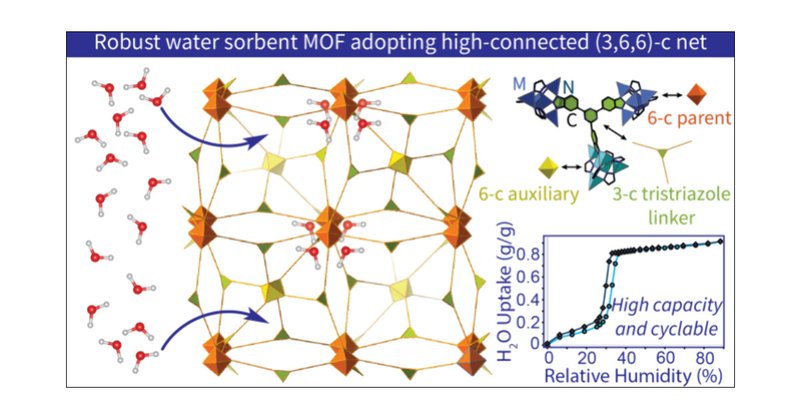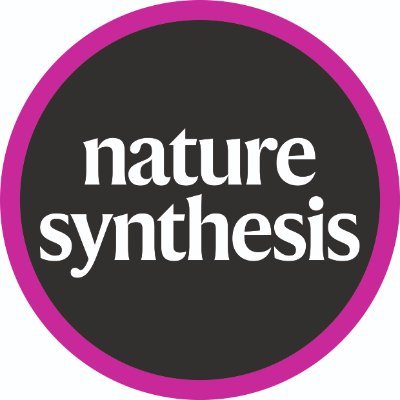
Tianyang Chen
@TianyangChen7
Followers
311
Following
939
Media
0
Statuses
252
PostDoc at Stanford ChemE, Bao Lab; Ph.D. at MIT Chemistry, Dinca lab; Undergraduate at Peking University, Xi lab; 1st-gen college student; Views are my own
Stanford, CA
Joined October 2019
Excited to share our lastest work about high-performance Na-ion batteries from a sustainable organic cathode @J_A_C_S
https://t.co/7jdYuC6WZJ This cathode we @DincaGroup developed solves the dissolution and insulating problems of organic electrodes for SIBs. Details in 🧵
pubs.acs.org
Sodium-ion batteries (SIBs) attract significant attention due to their potential as an alternative energy storage solution, yet challenges persist due to the limited energy density of existing...
3
5
49
On-Skin Epidermal Electronics for Next-Generation Health Management Jinbin Xu, Xiaoliang Chen*, Sheng Li, Yizhuo Luo, Shizheng Deng, Bo Yang, Jian Lv, Hongmiao Tian, Xiangming Li & Jinyou Shao Nano-Micro Lett. 18, 25 (2025). https://t.co/LWtMUdwgVC
0
2
2
Wide-Temperature Electrolytes for Aqueous Alkali Metal-Ion Batteries: Challenges, Progress, and Prospects Zichen Lin, Yongzhou Cai, Shilin Zhang, Jianguo Sun, Yu Liu*, Yang Zheng* & Kaifu Huo* Nano-Micro Lett. 18, 27 (2025). https://t.co/9TQTOMJUwM
0
2
2
Tellurium-Terminated MXene Synthesis via One-Step Tellurium Etching Guoliang Ma, Zongbin Luo, Hui Shao*, Yanbin Shen, Zifeng Lin* & Patrice Simon* Nano-Micro Lett. 18, 28 (2025). https://t.co/YKI5Nsmgu2
0
2
3
Space Batteries: How SpaceX Designs Batteries for Satellites https://t.co/tkTGJ2n8ld
#Articles #News
0
2
1
🚀 Breaking: Peking Univ team led by Prof. Jian Pei enables *μm-level resolution efficient n-doping* of organic semiconductors through light-triggered dopants! A major step toward scalable organic circuits. @Nature @PKU1898
nature.com
Nature - A facile light-triggered doping strategy involving a series of inactive photoactivable dopants is described that facilitates tunable regionally controlled n-doping of organic...
1
5
38
Very beautiful compound!
A range of metal-centred planar [15]annulenes (@Nature). In the D5h symmetric structure, the osmium ion is within the same plane as the annulene ligand and involved in the structure’s aromaticity. 🔗 CSD Entry QUQRED: https://t.co/3LdVUSznti
#FeaturedStructureFriday
0
0
2
Can New Chemistry Make EVs That Charge in 5 min or Less? | ACS Central Science
pubs.acs.org
Battery start-ups and larger laboratories scrutinize materials in every part of electric vehicle systems, especially anodes.
0
0
1
Organic Cathode Makes Sodium-Ion Batteries Competitive with Lithium https://t.co/Mq4VeNLi69
#Articles #News
0
2
2
Cyclo-tetramerization of isocyanides promoted by cyclopentadienyl chromium complexes https://t.co/Hnomt3v8Ub
0
9
34
It's been a while since we had a synthesis-driven paper. Fun write-up, with a rare new topology. On top of that, great water sorption characteristics, from talented team and lead author undergrad Karla Ravin (now a grad student @PrincetonChem) @J_A_C_S
pubs.acs.org
Increasing the connectivity of structural units presents a potentially valuable approach to improve hydrolytic stability in metal–organic frameworks (MOFs). We herein leverage this strategy by...
3
10
143
Development of novel high-energy, high power sodium-ion cathode by the Mircea Dincă Group @DincaGroup advances sodium battery technology, in @J_A_C_S. Congratulations researchers. Here’s our story on their groundbreaking research: https://t.co/nl690joSoe
#Lamborghini
0
7
71
Now online: Article by Zhongwen Jiang, Yuqian Sun, Yin Rao, Lingyi Yang, Haozhi Xi & Qiaowei Li @FudanUni Isotopological entanglement of a metal–organic framework and a hydrogen-bonded organic framework for proton conduction https://t.co/Yie2iBPhSE ($)
0
3
20
In addition to this work, we have previously demonstrated the use of sustainable redox-active organic materials as electrodes for pseudocapacitors ( https://t.co/ZXIE8bZwnD) and Li-ion batteries ( https://t.co/ricBW39Fx9).
pubs.acs.org
Eliminating the use of critical metals in cathode materials can accelerate global adoption of rechargeable lithium-ion batteries. Organic cathode materials, derived entirely from earth-abundant...
0
0
4
Altogether, these allow the construction of SIB cells built from an affordable, sustainable organic small molecule, which provide a cathode energy density (at the electrode level) of 472 Wh/kg when charging/discharging in 90 s and a top specific power of 31.6 kW/kg.
1
0
1
We then synthesized composites with carboxyl functionalized SWCNTs through an in-situ growth method utilizing H bonding/covalent bonding. The resulting composites contain ~2 wt.% SWCNTs which wrap intimately around active material crystallites, leading to enhanced conductivity.
1
0
0
Combining electrochemical and operando studies, we found that the (de)intercalation and solid-state diffusion of Na-ion are not the limiting factors of the battery performance. Instead, enhancing the electron transport and transfer are the key to further improve the performance.
1
0
0
Due to the strong intermolecular interactions, our material is also highly insoluble in common organic solvents and the corresponding electrodes exhibit no dissolution problem even with a high active material content of 90 wt.%. 60~70 wt.% is common for other organic electrodes.
1
0
0
This cathode material consists of H-bonded 2D molecular layers that stack through π–π interaction, leading to extended conjugation and low bandgap (<0.5 eV). The layered structure also provides quasi-2D diffusion pathways for Na-ion, a characteristic for high rate performance
1
0
0
Best sodium-ion battery cathode out there, bar none! High energy, high power, long lasting, safe and cheap batteries made from C, N, O, H, and Na! @TianyangChen7 @HarishBanda3 @J_A_C_S #organicbattery #Sodiumbattery
pubs.acs.org
Sodium-ion batteries (SIBs) attract significant attention due to their potential as an alternative energy storage solution, yet challenges persist due to the limited energy density of existing...
7
20
148
